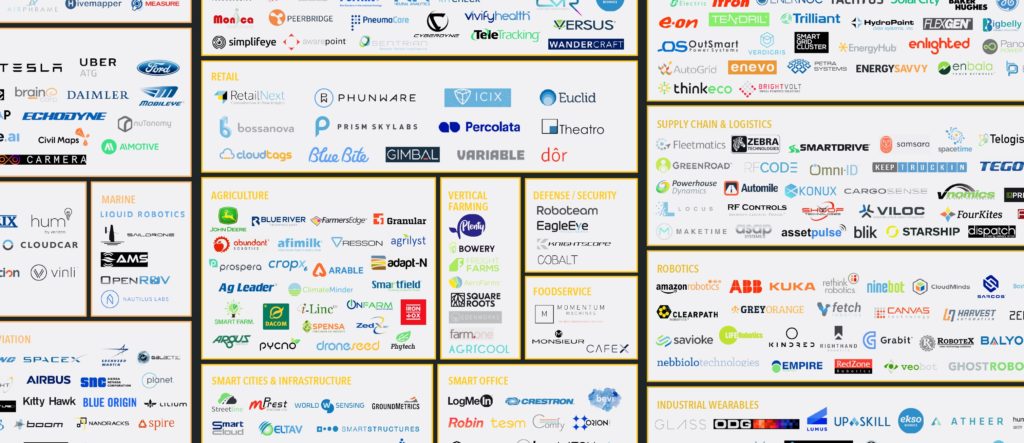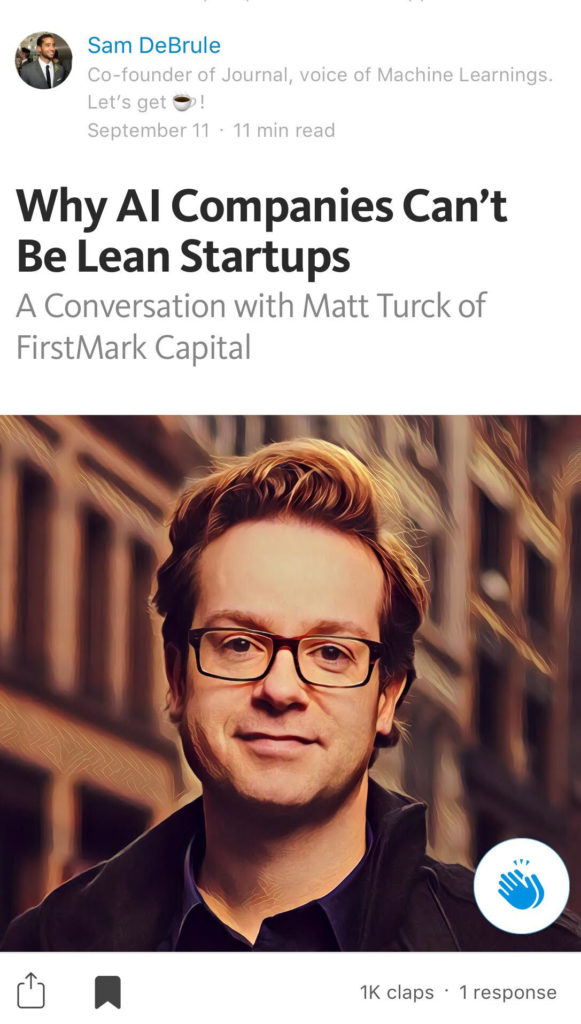It’s been an exciting, but complex year in the data world.
Just as last year, the data tech ecosystem has continued to “fire on all cylinders”. If nothing else, data is probably even more front and center in 2018, in both business and personal conversations. Some of the reasons, however, have changed.
On the one hand, data technologies (Big Data, data science, machine learning, AI) continue their march forward, becoming ever more efficient, and also more widely adopted in businesses around the world. It is no accident that one of the key themes in the corporate world in 2018 so far has been “digital transformation”. The term may feel quaint to some (“isn’t that what’s been happening for the last 25 years?”), but it reflects that many of the more traditional industries and companies are now fully engaged into their journey to become truly data-driven.
On the other hand, a much broader cross-section of the public has become aware of the pitfalls of data. Whether it is through the very public debate over the risks of AI, the Cambridge Analytica scandal, the massive Equifax data breach, GDPR-related privacy discussions or reports of growing government surveillance in China, the data world has started revealing some darker, scarier undertones.
Continue reading “Great Power, Great Responsibility: The 2018 Big Data & AI Landscape”








